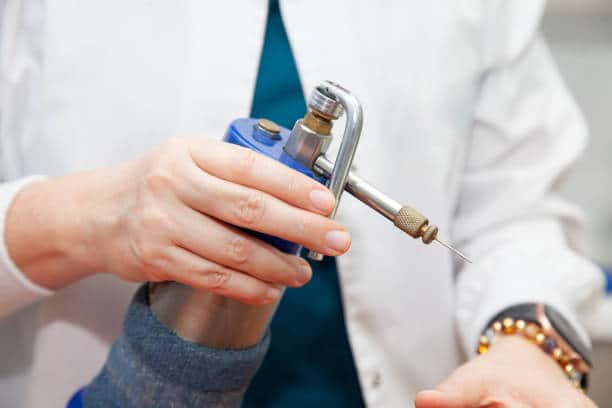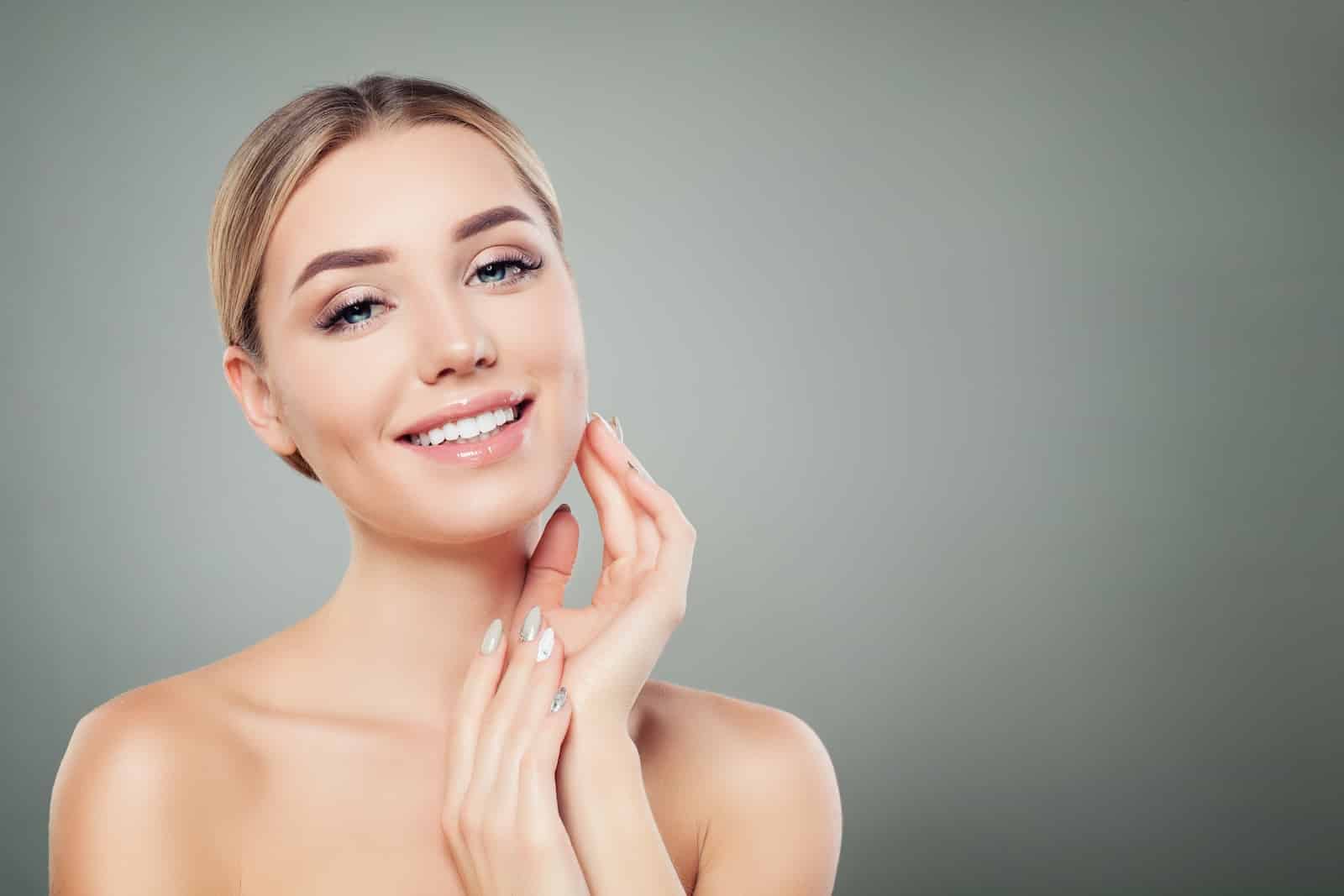Cryotherapy is a safe, in-office treatment for common benign skin lesions and certain precancerous conditions. Using targeted liquid nitrogen, this procedure freezes and destroys abnormal or unwanted skin cells with minimal discomfort and downtime.
Cryotherapy is especially effective for
- Actinic keratoses (precancerous sun spots)
- Seborrheic keratoses (waxy, raised, pigmented growths)
- Skin tags
- Warts
Treatment & Technology
Cryotherapy involves the application of liquid nitrogen to the lesion using a fine spray or cotton-tipped applicator. The extreme cold causes rapid freezing and thawing, which damages the targeted cells and initiates a natural healing response. Treated tissue will typically blister, scab, and fall off over the course of several days to weeks.
Common Treated Areas
- Face and scalp
- Neck and chest
- Hands and arms
- Back and shoulders
- Legs and feet
- Eyelids, underarms, and other sensitive areas (for skin tags)
What to Know Before Your Treatment
- Avoid applying lotions, makeup, or sunscreen to the area on the day of treatment
- Let us know if you have a history of poor wound healing, cold sensitivity, or recent use of topical treatments (e.g., retinoids, corticosteroids)
- Be aware that areas may blister, crust, or appear darker during the healing phase
What to Expect
Before Treatment
- Your provider will assess the lesion(s) and discuss whether cryotherapy is appropriate
- The skin will be cleansed and prepped
During Treatment
- Liquid nitrogen is applied directly to the lesion using a spray or applicator
- You may feel a cold or stinging sensation during application
- Treatment time is brief—typically under 1 minute per lesion
After Treatment
- Treated areas may appear red, swollen, or blistered
- A scab or crust may form and will fall off naturally within 1–3 weeks
- You may be advised to apply petroleum jelly or an antibiotic ointment
- Avoid picking at the treated area and keep it clean and dry
Results & Recovery
- Lesions typically resolve over 1–3 weeks, depending on the size and location
- Lighter pigmentation or mild redness may persist temporarily as the skin heals
- A follow-up may be needed for stubborn or recurrent lesions
- Cryotherapy is a fast, effective option with minimal downtime
How Long Will Results Last?
Once a lesion is successfully treated, it is typically gone for good. However, new lesions may develop over time due to aging, sun exposure, or genetics. Ongoing skin monitoring and sun protection are essential
Is Cryotherapy Right for You?
Cryotherapy is ideal for healthy adults with benign or precancerous skin lesions. It’s especially useful for those seeking a non-surgical, low-downtime option. We’ll evaluate your skin and medical history to determine suitability.
Not Suitable If You
- Are pregnant or breastfeeding
- Have a known sensitivity to cold (e.g., cryoglobulinemia, Raynaud’s disease)
- Have an active skin infection at the treatment site
- Are prone to keloid scarring or poor wound healing
Pricing & Booking
Pricing is based on the number and size of lesions treated.
A referral is required from your primary care doctor to ensure appropriate assessment.

